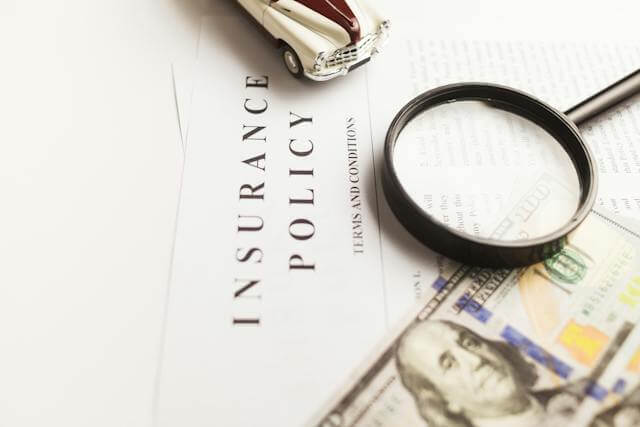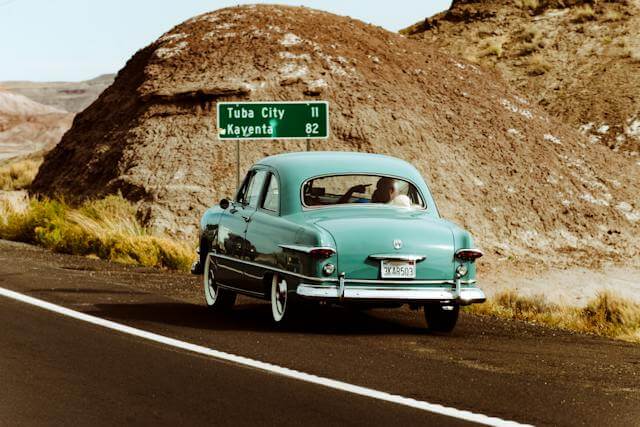Introduction
Classic cars, be they vintage roadsters, muscle cars, antique luxury vehicles, or exotic sports models, need specialized protection beyond regular auto insurance. Their rarity and high value require customized coverage. This article will explore what makes classic cars unique, the key risks involved, and how to best insure them.
What Qualifies as a Classic Car?
There is no industry standard age or value threshold. Insurers consider various factors:
Age
Most consider 20+ years old as a starting point. Some may go as low as 15 years for rare, pristine condition models.
Production Status
Out of production, no longer manufactured models have more collectible value. Discontinued parts also make repairs challenging.
Condition
Excellent restored or original condition with low miles plays a key role in valuation. Working components and structural integrity are vital.
Historical Significance
Cars with racing pedigrees, unique prototypes, limited production runs, or associated with key moments in automotive history command higher valuations.
Cultural Status
Certain iconic brands like Chevrolet Corvette, Ford Mustang, Dodge Charger carry nostalgic value. Movie/TV cars also command interest among collectors.
Key Risk Factors
Unlike daily drivers, classics face unique risks that need mitigation:
Appreciating Value
Parts scarcity and rising demand among collectors means their value often appreciates over time unlike normal cars.
Limited Use
With limited road time, breakdown risks due to sitting idle increase. Lubrication issues, flat spots on tires, seized brakes etc. can occur.
Original Parts
Finding original equipment manufacturer (OEM) parts can be impossible if production ended. Aftermarket or custom parts affect value.
Rarity
Very low production numbers means a total loss could wipe out one of the few surviving models, making it irreplaceable.
Theft Target
High-value classics are tempting targets for thieves looking to sell whole cars or strip down parts.
Damage from Shows/Rallies
Participating in car shows or rallies raises risks of collisions, weather damage, vandalism etc.
Insurance Options

Specialized policies or endorsements to protect classics include:
Agreed Value
Covers the agreed restoration value rather than current market value. This locks in the value.
Stated Value
Insurer agrees to pay the specified amount if the car is totaled, covering any appreciation.
Guaranteed Value
Combination of stated value and agreeing to cover future increases in valuation up to a specified limit.
Gap Coverage
Covers the difference between the car’s value and any outstanding loan amount. Prevents upside-down loan scenarios.
Parts Coverage
Provides wider search parameters for finding OEM or reproduction parts needed for repairs.
Spare Parts
Can cover spare hoods, fenders, engine blocks etc. if unable to source originals later.
Shows/Exhibitions
Provides coverage when displaying, competing, or transporting the vehicle to specialty events.
Faulty Workmanship
Covers losses that stem from damage caused by poor workmanship during restoration.
Setting the Right Value
Valuation tools for classics include:
Appraisal
In-person inspection by a qualified appraiser considering market trends, components, restoration quality etc.
Specialty Value Guides
Published value ranges for specific years, makes, models based on auction prices, expert input.
Recent Sales
Looking at public auction records, classified listings for sales of comparable vehicles.
Receipts/Documentation
Reviewing expenses invested into purchase price, restoration, parts etc. to arrive at a valuation.
Mileage and Condition
Mileage, quality of restoration, working order and aesthetics are factored into appraisals.
Provenance
Ownership history, crash records, documentation on parts authenticity all help refine valuations.
Loss Prevention Recommendations
Steps classic owners can take to minimize risks:
Secure Storage
Store the car in protected structures like garages with alarm systems, vehicle lifts, and fire suppression systems.
Limited Use
Minimize driving to reduce wear and tear, especially in wet weather. Transport on flatbeds vs. driving to shows.
No Off-Roading
Avoid any rigorous activities or terrain that could cause undercarriage damage, like gravel roads.
Photographic Records
Thoroughly document your car through photos/video in case you ever need to prove its condition or originality.
Appraisal Updates
Have the car reappraised every 2-3 years as market values can climb. Update declared values per new appraisals.
Tracking Devices
Consider concealed tracking devices or systems like LoJack to aid recovery if the car is stolen.
Secured Spare Parts
Keep irreplaceable trim pieces, bumpers, lights in protective storage in case they are ever needed for repairs.
Reality Check on Use
Don’t overestimate how much you will drive the car. Optimize insurance costs by keeping mileage expectations realistic.
Finding the Right Insurer
Look for insurers who:
Specialize in Classics
Have dedicated products, risk expertise and appreciation of nuances of insuring vintage autos. Avoid insurers who lump classics in with standard cars.
Allow Agreed Value Policies
Will work with you on an accurate valuation and not subject it to depreciation tables like normal cars.
Have Flexible Mileage Plans
Offer tailored plans based on actual expected usage rather than rigid preset mileage bins.
Provide Specialty Coverage Options
Have coverage add-ons to protect needs like spare parts, overseas transport, show events, race track use etc.
Offer Discounts
Reward careful owners through discounts for having modern safety/security features like fire suppression systems, membership in collectors clubs, proof of advanced driving courses completed etc.
Allow Modified Use
Accommodate requests for occasional personal or event use modifications during the policy term.
Have Knowledgeable Agents
Agents well-versed in classic vehicles and relevant specialty coverages likestated value, gap coverage, OEM parts etc.
Conclusion
Insuring a rare classic or vintage car goes beyond standard auto insurance. From understanding their unique risks, valuation complexities, and specialized coverage options, partnering with the right insurer is key to protecting your prized investment for the long run.
